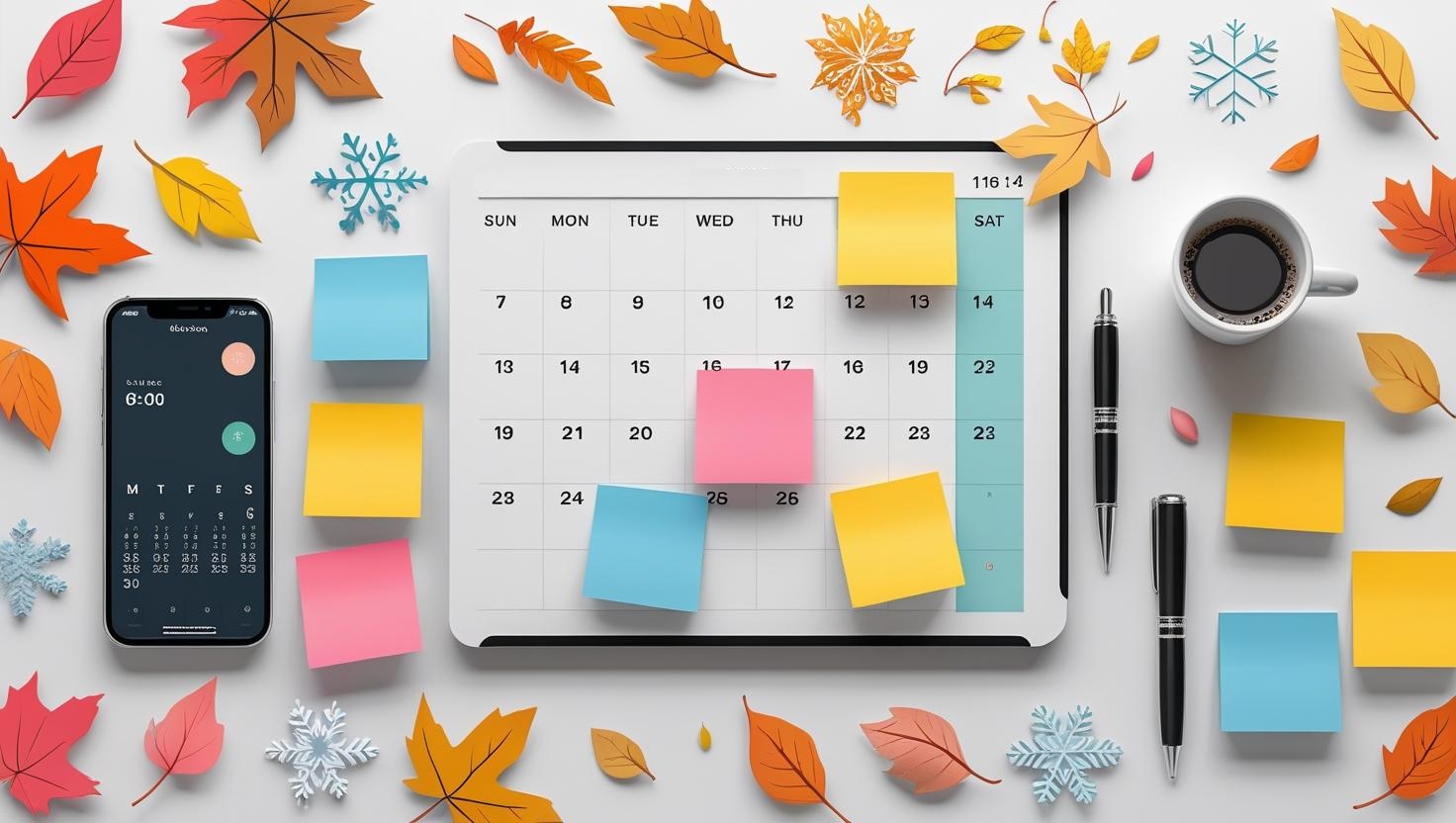To practice gratitude is to live more intentionally, more presently. It’s a habit that reframes how you see the world — not by changing your circumstances, but by changing your focus. Gratitude doesn’t ignore hardship; it simply highlights what still remains.
The Science Behind Gratitude
Neuroscience shows that consistent gratitude rewires the brain. When you focus on the positive, you activate regions associated with dopamine and serotonin. These are the brain’s natural mood-boosters. Over time, the brain forms new pathways that make optimism more accessible.
Studies link the practice of gratitude to benefits such as:
- Reduced anxiety and stress
- Improved sleep and relaxation
- Greater resilience in adversity
- Stronger relationships through appreciation
- Higher life satisfaction and emotional regulation
What Does Gratitude Really Mean?
To practice gratitude is to recognize value in the ordinary. It’s acknowledging the warmth of sunlight on your skin, the kindness of a friend, or the comfort of a quiet evening. It is not reserved for grand moments; it thrives in the small, often missed details.
Gratitude is a mindset — a conscious decision to lean toward appreciation rather than lack. It’s not toxic positivity. It doesn’t deny pain. Rather, it’s the choice to see beauty even in the midst of difficulty.
Simple Ways to Practice Gratitude Daily
The best part? You don’t need more time or resources. You only need awareness. Here are grounding ways to build a gratitude habit:
Start a Gratitude Journal
Each morning or night, write down three things you’re thankful for. These can be small — a warm meal, a good conversation, a breath of fresh air. Writing solidifies the feeling and helps reframe your day.
Say It Out Loud
Express thanks to someone close to you. A simple “I appreciate you” can shift both your energy and theirs. Speaking it makes it more real.
Mindful Reflection
Before meals or sleep, take 30 seconds to reflect on what went well today. Even on hard days, there is always something — a smile, a moment of peace, a lesson learned.
Gratitude Reminders
Set a daily reminder on your phone: “What are you grateful for right now?” These moments of pause help redirect the mind toward appreciation.
Nature Walks
Stepping into nature brings perspective. Whether it’s the sky, trees, or birds, let your senses notice and name what brings you calm and awe.
Gratitude During Tough Times
Gratitude is not only for when life feels good. It becomes most powerful when things fall apart. In struggle, it gives you something to hold on to — something still right, still present, still yours.
In difficult seasons, try these practices:
- Write one silver lining from your situation
- Reflect on what you’ve overcome in the past
- Anchor to what hasn’t changed — your strength, your values, your hope
This isn’t denial. It’s resilience. To practice gratitude amid hardship is to say: “I see the pain, but I also see the light.”
Gratitude and Relationships
When shared, gratitude deepens connection. Whether it’s thanking a partner, coworker, friend, or stranger, appreciation strengthens bonds and fosters emotional safety.
You can nurture relationships through:
- Thank-you notes for unexpected kindness
- Public acknowledgment of someone’s effort
- Verbal appreciation in daily interactions
Making Gratitude a Lifestyle
Gratitude isn’t an event. It’s a lens. One that colors how you see your life, your work, and your relationships. As you continue to practice gratitude, it becomes second nature. You begin noticing more, savoring more, expecting less, and accepting more.
Some rituals to keep it alive:
- End your day with three good things
- Begin your week with an intention of thanks
- Celebrate tiny wins — even progress, not perfection
Common Myths About Gratitude
Myth: You must feel grateful to practice it
Truth: Action leads emotion. Practicing it makes you feel it — not the other way around.
Myth: Gratitude means ignoring problems
Truth: Gratitude means facing problems with perspective.
Myth: You need something big to be grateful
Truth: The smallest things hold the deepest joy.
Final Thoughts: Gratitude as Presence
Gratitude is the art of being here. It is the quiet decision to lean into what is, rather than what’s missing. It invites you to stop chasing and start noticing. To practice gratitude is to become more alive — not because life changes, but because you do.
Start small. Stay consistent. Choose to see what’s already good. Because often, that is enough.






